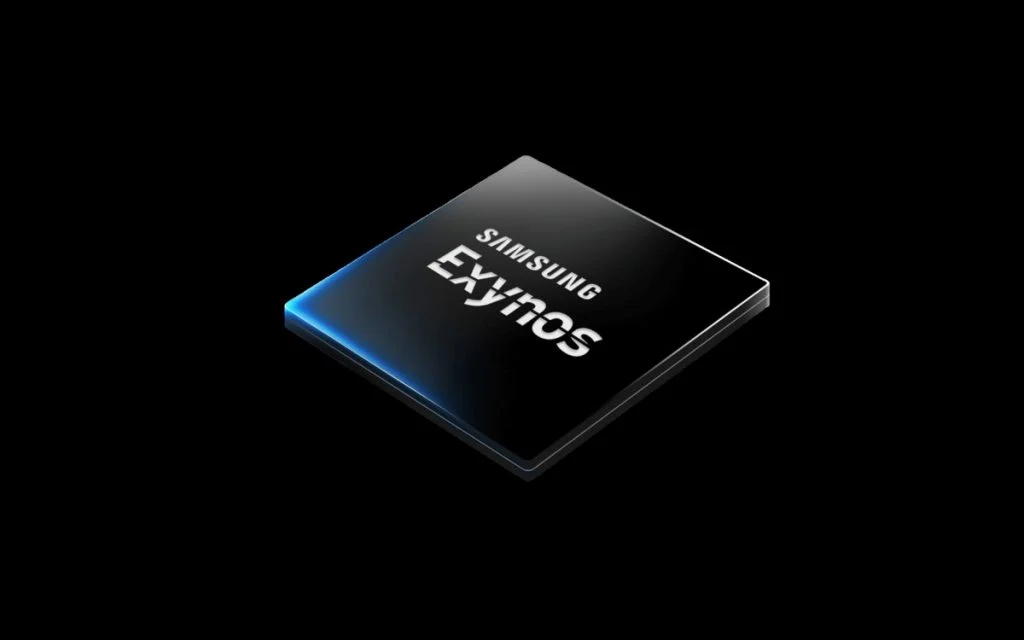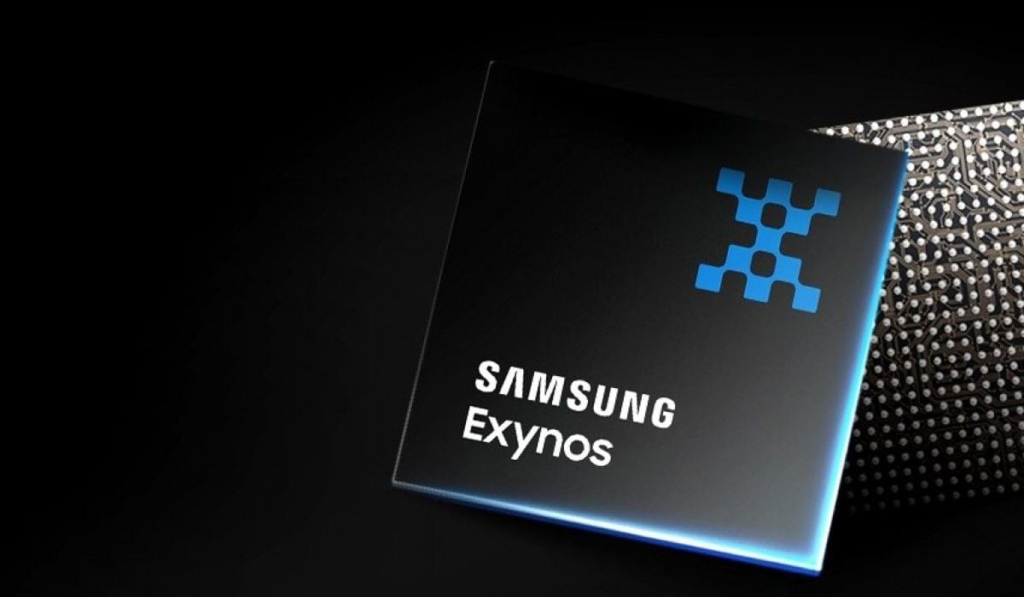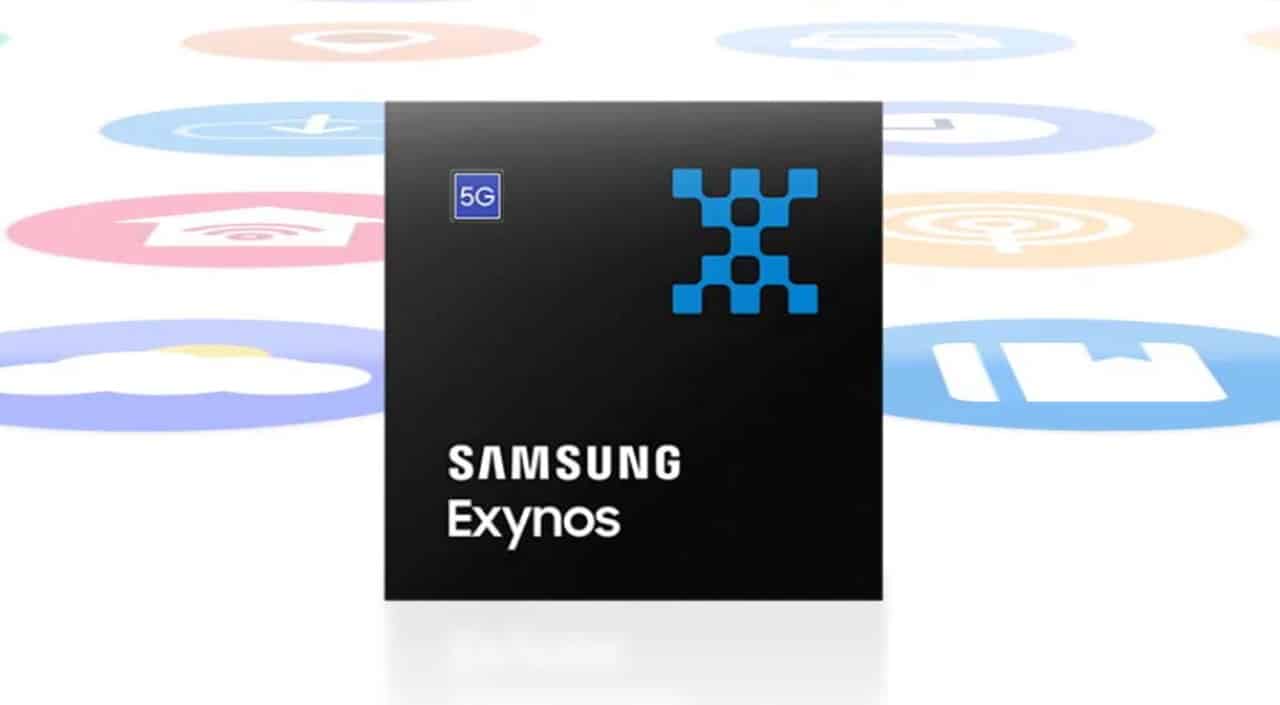Samsung’s Exynos 2600, once rumored to be a gaming changer in new mobile chipsets, might never come to market. The production of this advanced chipset is reportedly canceled, in part, because of enormous challenges to the Samsung Foundry 2nm fabrication process. The development throws a shadow on Samsung’s plans as an aggressive factor in the competitive semiconductor industry.
Yield Challenges Haunt 2nm Process
Samsung was looking to show off its new 2nm technology with the Exynos 2600. However, raised serious concerns of the feasibility of mass production which are estimated at about 10 % – 20 % of production yield. Yield rate plays an important role in semiconductor manufacturing, and it is the number of usable chips out of a wafer. These numbers are below what is considered viable for large-scale production for the Exynos 2600.

This is not the first time Samsung has undertaken this challenge. The Exynos 2500 faced similar issues with the same 3nm process, as it yielded less than 20%. Their persistent setbacks have also fueled talk that Samsung might instead transfer the manufacture of its flagship Exynos processors to TSMC, a global chip producer that already builds some key components for Apple’s iPhones.
Restructuring and Resource Challenges
Structural as well as technical hurdles confront Samsung’s semiconductor division. According to a report found here, several manufacturing facilities employing older technologies like 4nm, 5nm, and 7nm nodes have been closed. More problems have arisen from workforce shortages and South Korea’s strict 52-hour workweek regulations.
These issues have motivated Samsung to restructure its application processor (AP) development team, according to sources. Yet the overhaul will take years to deliver measurable results, according to industry experts.
Outsourcing
Outsourcing Exynos production to TSMC could yield better but not without a price. Typically, in the past, Samsung managed to keep pricing down by passing savings from in-house manufacturing on to investors. If Samsung outsources production, it faces the possibility of higher manufacturing expenses and thus higher retail prices for its devices.
The Uncertain Road Ahead
Despite these setbacks, Samsung Foundry is allegedly trying to get its 2nm process on track. However, like many other processor launches, there has been little clarity on the progress to date, leaving the future of Exynos 2600 obscured.

This might mean a change in the chipset of the future Galaxy devices for the consumers. The Galaxy S25 series, if it exists, might get Snapdragon 8 Elite or MediaTek Dimensity 9400 processors. Although this will enable better performance and efficiency, it also represents how Samsung’s Exynos division continues to struggle.
The Exynos 2600 saga also illustrates how difficult it is to strike a happy medium between being innovative and keeping costs low as customer demand grows in this increasingly competitive sector. It remains to be seen if Samsung can clear these hurdles and bring its Exynos ambitions back to life.





